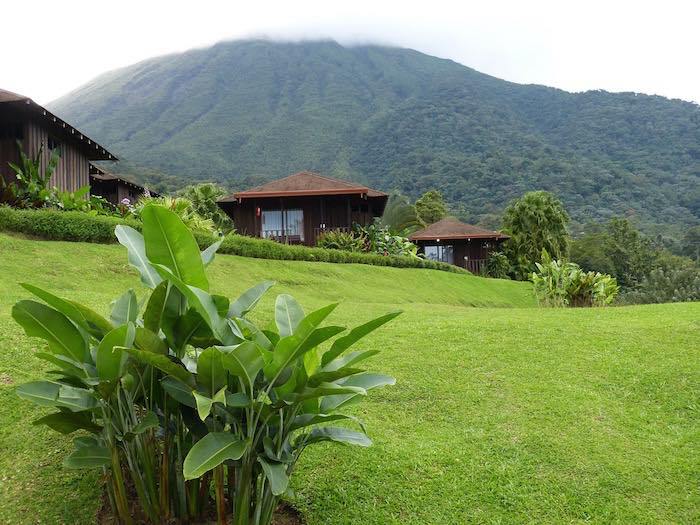Costa Rica has reached an extraordinary milestone in the history of green energy, with the country operating solely on renewable energy for nearly 3 months. The strong rains in the region have allowed the country to completely give up fossil fuels and feed itself almost entirely with electricity generated by four hydroelectric plants – with a bit of extra help from geothermal, solar and wind projects. With a bit more investment, this tendency can be maintained over time.
The Costa Rican Electricity Institute announced the news, pointing out specifically that they haven’t had to resort to energy generated by fossil fuels throughout all of 2015 so far. Costa Rica has a small population of 4.8 million inhabitants, abundant rain to feed its four hydroelectric plants and a multitude of volcanoes for geothermal installations.
Diversification is also important. While hydroelectric plants produced 80% of Costa Rica’s energy in 2014, there was no lack of detractors of this form of electricity production due to the effects that these systems have on the ecosystems where they are installed.
Around 10% of energy was generated by geothermal plants in 2014, and the government has approved a geothermal project costing US$958 million for this year. Financed in large part with loans from European and Japanese banks, the project is composed of three installations that will supply an additional 150 MW of green energy.
All of this means that Costa Rica will be completely carbon neutral by the year 2021, and so will not touch the oil deposits that can be found along its coast. It’s an extraordinary effort for a small nation, and has been achieved in part because Costa Rica has not had an army since 1948, something that has liberated lots of resources for financing renewable energy infrastructure.
Other small countries such as Sweden, Bulgaria and Estonia have reached their targets of renewable energy set for 2020. 40% of Denmark’s energy demand is met by wind power and they plan to give up fossil fuels by 2050.






